#black vaudeville
Text
The Illusion in Sherlock Jr. explained in Movie Magic & Mysteries: The Making of Sherlock Jr.
#buster keaton#1930s#1910s#1920s#1920s hollywood#silent film#silent comedy#silent cinema#silent era#silent movies#pre code#pre code hollywood#pre code film#pre code era#pre code movies#damfino#damfinos#vintage hollywood#black and white#buster edit#old hollywood#slapstick#sherlock jr#sherlock jr illusion#vaudeville
2K notes
·
View notes
Photo
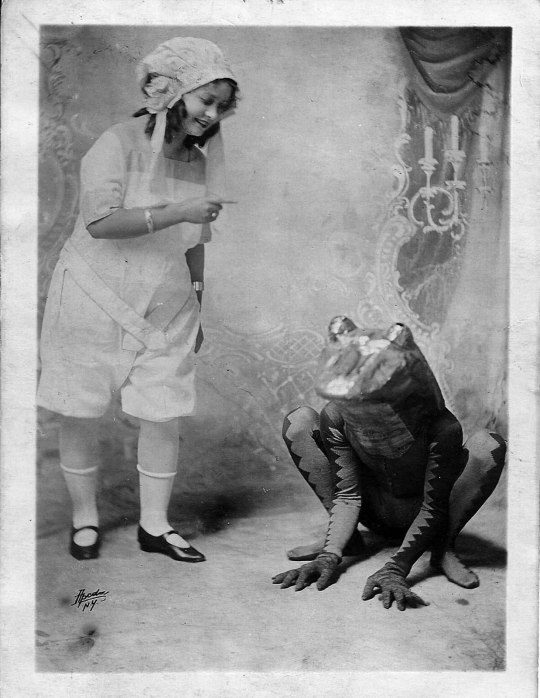
Unidentified vaudeville publicity photo. Apeda studio, New York. C. 1920.
I Am Collective Memories • Follow me, — says Visual Ratatosk
#BW#Black and White#Preto e Branco#Noir et Blanc#黒と白#Schwarzweiß#retro#vintage#frog#Apeda#New York#1920#1920s#20s#vaudeville#publicity photo
269 notes
·
View notes
Text

Maria Guadalupe known as Lupe Vélez
#vintage#hollywood#mexican#actress#lupe velez#maria guadalupe#dancer#theater star#vaudeville#retro#black and white#diva#old hollywod glamour#classic hollywood#vintage hollywood#also known as#aka
130 notes
·
View notes
Photo


saidie sellyna was a vaudeville actress, singer and dancer in the early 20th century
#history#black history month#women in history#beauty#vintage photography#photography#saidie sellyna#vaudeville
598 notes
·
View notes
Text
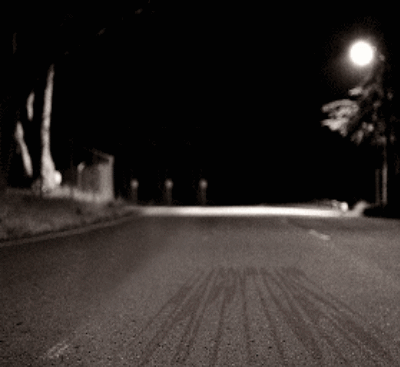
04-10-24 | misterlemonztenth.tumblr.com/archive
#misterlemonztenth#original post#popular#.gif#animation#digital art#black and white#racoon#vaudeville
50 notes
·
View notes
Text
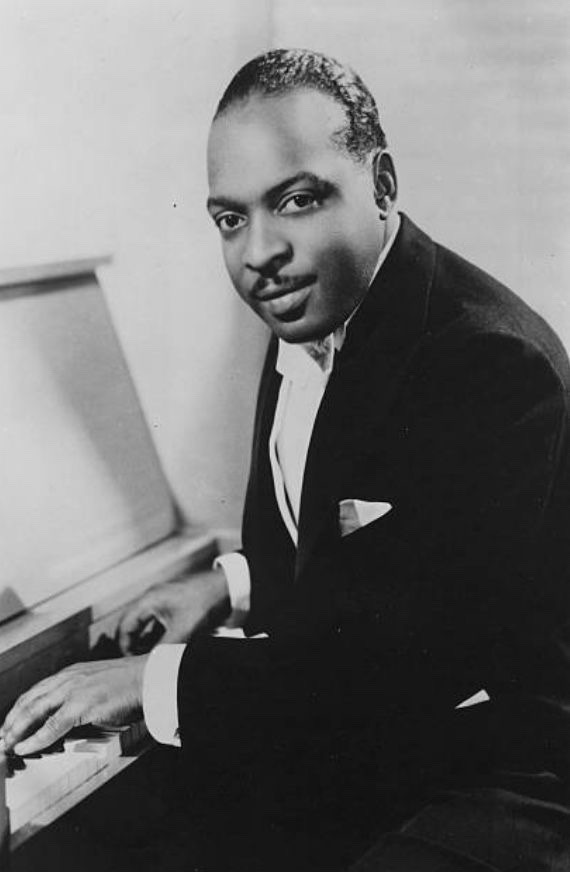
William ‘Count’ Basie was born to Lillian and Harvey Lee Basie in Red Bank, New Jersey. His father worked as a coachman and caretaker for a wealthy judge. After automobiles replaced horses, his father became a groundskeeper and handyman for several wealthy families in the area. Both of his parents had some type of musical background. His father played the mellophone, and his mother played the piano; in fact, she gave Basie his first piano lessons. She took in laundry and baked cakes for sale for a living. She paid 25 cents a lesson for Basie's piano instruction.
The best student in school, Basie dreamed of a traveling life, inspired by touring carnivals which came to town. He finished junior high school but spent much of his time at the Palace Theater in Red Bank, where doing occasional chores gained him free admission to performances. He quickly learned to improvise music appropriate to the acts and the silent movies. Though a natural at the piano, Basie preferred drums. Discouraged by the obvious talents of Sonny Greer, who also lived in Red Bank and became Duke Ellington's drummer in 1919, Basie switched to piano exclusively at age 15.
Basie played the vaudevillian circuit for a time until he got stuck in Kansas City, Missouri in the mid-1920s after his performance group disbanded. He went on to join Walter Page's Blue Devils in 1928, which he would see as a pivotal moment in his career, being introduced to the big-band sound for the first time. He later worked for a few years with a band led by Bennie Moten, who died in 1935. Basie then formed the Barons of Rhythm with some of his bandmates from Moten's group.
During a radio broadcast of the band's performance, the announcer wanted to give Basie's name some pizazz, keeping in mind the existence of other bandleaders like Duke Ellington and Earl Hines. So he called the pianist "Count," with Basie not realizing just how much the name would catch on as a form of recognition and respect in the music world.
Over a sixty-plus year career, William “Count” Basie helped to establish jazz as a serious art form played not just in clubs but in theaters and concert halls. He established swing as one of jazz’s predominant styles, and solidified the link between jazz and the blues.
Born William James Basie on August 21, 1904 in Red Bank, New Jersey and died on April 26, 1984 in Hollywood, Florida at the age of 79.
#count basie#love#music legend#jazz#blues#duke ellington#piano#drums#theater#new jersey#Florida#black lives#vaudeville#big bands
25 notes
·
View notes
Text
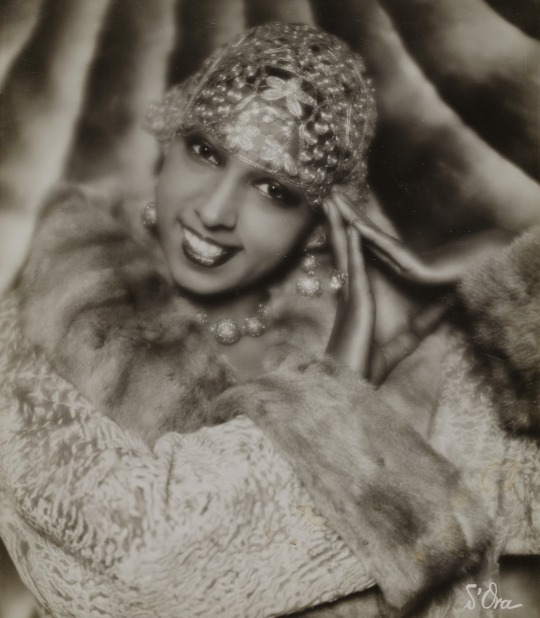
Madame d’Ora (Dora Kallmus), Entertainer Josephine Baker, 1928.
Museum für Kunst und Gewerbe Hamburg.
"I have walked into the palaces of kings and queens and into the houses of presidents. And much more. But I could not walk into a hotel in America and get a cup of coffee, and that made me mad. And when I get mad, you know that I open my big mouth. And then look out, 'cause when Josephine opens her mouth, they hear it all over the world ..." – Josephine Baker
#1928#photography#josephine baker#dora kallmus#the black pearl#la baker#jazz age#entertainer baker#baker#vaudeville#dancer#Freda Josephine Baker#Folies Bergère#roaring twenties#black venus#black pearl#Bronze Venus#Creole Goddess#quote#human rights#human rights quote#josephine baker quote#baker quote#civil rights activist#civil rights#civil rights quotes
95 notes
·
View notes
Text
they might be giants are excellent with contemporary or experimental sounds, but they also crush every singalong/traditional pop/old standard cover or stylistically-influenced duet they make.
#tmbg#love a band that can produce both ''stomp box / black ops'' and ''shoehorn with teeth''#and that beautiful cover of ''lazy'' I haven't shut up about since it premiered#also their ''lines upon a tranquil brow'' from songs of the pogo#there's an interview from the '90s where flansburgh says he hates vaudeville#when the interviewer is pulling out comparisons to their music#and I know he means the more kooky novelty perception that isn't giving them credit as serious songwriters and musicians#but it's like. I'm sorry. they would be beloved music hall performers. their stage banter helps.#band who insists they aren't comedic unfortunately good at being funny. I get it tho. they mean their output isn't really that way
20 notes
·
View notes
Text
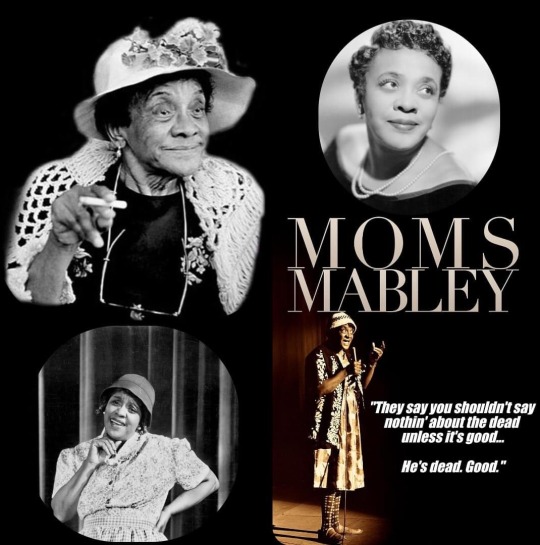
FIRST SUCCESSFUL FEMALE STANDUP COMEDIAN
Loretta Mary Aiken (March 19, 1897 – May 23, 1975), known by her stage name Jackie "Moms" Mabley, was the first successful female standup comedian and had a career that spanned over 50 years. Moms bridged the gap between vaudeville and modern stand up comedy. She was also the first woman comic to be feature at the Apollo theater and Carnegie Hall in 1962.
Moms Mabley was born Loretta Mary Aiken in Brevard, North Carolina, to a large family. She experienced a horrifying, traumatic childhood. Her firefighter father was killed in an explosion when she was 11 and her mother was later hit and killed by a truck on Christmas Day. By the time she was fifteen she had borne two children resulting from sexual assaults: the first by a neighbour when she was twelve, and the second, two years later by a local sheriff. Her stepfather, who had remained her guardian, gave both children up for adoption and then forced Moms to marry a much older man who she despised.
Aiken left home at the age of 14 and pursued a show business career, joining the African-American vaudeville circuit(aka Chitlin' Circuit)as a comedian under the Theatre Owners Booking Association, Fellow performer Jack Mabley became her boyfriend for a short time, and she took on his name, becoming Jackie Mabley, with "Moms" coming from her eventual reputation as a mentoring, mothering spirit.
Moms saw an opportunity to try out her own voice, and discovered that she was a natural at singing, dancing and telling a joke. Especially telling a joke. She realized she had something that many of her contemporaries didn’t - original material. Since her sheltered life had hampered any introduction to current comedy routines, Moms inevitably began to craft authentic pieces based on her own experiences, much of it based on Granny’s pearls of wisdom.
Moms talked to her audience as if they were her children. She delivered superbly solemn routines, original in their time yet amazingly, never bettered. As soon as Moms delivered her opening line “I 'gots' something to tell you...” she immediately captured the attention of everyone in the room - and those rooms were full for over fifty years.
By the early 1920s she had begun to work with the duo Butterbeans & Susie, and eventually became an attraction at the Cotton Club. Mabley entered the world of film and stage as well, working with writer Zora Neale Hurston on the 1931 Broadway show "Fast and Furious: A Colored Revue in 37 Scenes" and taking on a featured role in Paul Robeson's "Emperor Jones" (1933).
Starting in the late 1930s, Mabley became the first woman comedian to be featured at the Apollo, going on to appear on the theater's stage more times than any other performer. She returned to the big screen as well with "The Big Timers" (1945), "Boarding House Blues" (1948), and the musical revue "Killer Diller" (1948), which featured Nat King Cole and Butterfly McQueen.
By the late 1950s Moms Mabley was one of the highest-paid comics in the US, making $10,000 a week. Mabley's standup routines were riotous affairs augmented by the aesthetic she presented as being an older, housedress-clad figure who provided sly commentary on racial bigotry to African-American audiences. Her jokes also pointed towards a lusty zest for younger men.
Mabley began a recording career with her Chess Records debut album "The Funniest Woman Alive," which became gold-certified. Subsequent albums like "Moms Mabley at the Playboy Club," "Moms Mabley at the UN" and "Young Men, Si - Old Men, No" continued to broaden Mabley's reach (she ultimately recorded many albums). She landed spots on some of the top variety shows of the day, including "The Ed Sullivan Show," and graced the stage of Carnegie Hall.
Mabley continued performing in the 1970s. In 1971, she appeared on The Pearl Bailey Show. Later that year, she opened for Ike & Tina Turner at the Greek Theatre and sang a tribute to Louis Armstrong as part of her set.
Mobley had a starring role in the 1974 picture "Amazing Grace," which she was able to complete despite having a heart attack during filming.
Over the course of her life, Mabley had six children: Bonnie, Christine, Charles, and Yvonne Ailey, and two placed for adoption when she was a teenager. She died from heart failure on May 23, 1975, in White Plains, New York.
Actress Clarice Taylor, who portrayed Bill Cosby's mother on "The Cosby Show" and was a major fan of Mabley's work, staged the 1987 play "Moms at the Astor Place Theater, in which she portrayed the trailblazing icon.
Fellow comedian Whoopi Goldberg made her directorial debut with the documentary "Moms Mabley: I Got Somethin' to Tell You, which was presented at the Tribeca Film Festival and aired on HBO in 2013.
#black history month#black history#comdey#comedian#Loretta Mary Aiken#carnegie hall#vaudeville#Jackie Moms Mabley
20 notes
·
View notes
Text

Tracklist:
Hellfire • Sugar / Tzu • Eat Men Eat • Welcome To Hell • Still • Untitled • Half Time • The Race Is About To Begin • Dangerous Liaisons • The Defence • 27 Questions
Spotify ♪ Bandcamp ♪ YouTube
#hyltta-polls#polls#artist: black midi#language: english#decade: 2020s#Avant-Prog#Brutal Prog#Jazz-Rock#Art Rock#Vaudeville#Alternative
27 notes
·
View notes
Text

Once a vaudevillian himself, Buster Keaton specialises in vaudeville players down on their luck.
#buster keaton#1930s#1910s#1920s#1920s hollywood#silent film#silent comedy#silent cinema#silent era#silent movies#pre code#pre code hollywood#pre code film#pre code era#pre code movies#damfino#damfinos#vintage hollywood#black and white#buster edit#old hollywood#slapstick#vaudeville
31 notes
·
View notes
Text
A Bucketful of Bricktop
Born of an August 14, the great Jazz Age figure known as Bricktop (Ada Beatrice Queen Victoria Louise Virginia Smith, 1894-1984).
Bricktop was a queer woman of color. Two colors, not just black but also red. Her rusty hair and freckles were commonly attributed to some Irish ancestry. At any rate, it gave her that memorable nickname and it’s a fortunate thing. A black singer named Ada Smith might…

View On WordPress
2 notes
·
View notes
Text

#art#illustration#digital aritst#reggie vaudeville#the disorder is disordering#Uncle Reg#my art#black and white#procreate#did alter#did osdd#digital drawing#digital illustration#digital artist#drawing#Bleak innit#wasn’t confident#posting anyway#dissociative system#did system
2 notes
·
View notes
Audio
I FINALLY COVERED THE BALLAD OF JANE DOE
#SoundCloud#music#Jade Von Black#the ballad of jane doe#ride the cyclone#jane doe#cover#ballad of jane doe#emily rohm#singing#opera#musical theater#theater#jacob richmond#brooke maxwell#atomic vaudeville#karnak#uranium city#the cyclone
20 notes
·
View notes
Text
Forgot to tell you guys I got Tripp pants but they're not the baggy goth ones with cool colorful threads they're what I could best describe as goth bell bottoms. They look sikk. Their pockets are tiny but that's fine I'm always wearing one of my vests or a jacket anyway
#textpost#they're the black flared vaudeville ones. I considered the white ones but those didn't come in the flared style#I needed the ends to be as stupid as possible
15 notes
·
View notes
Text
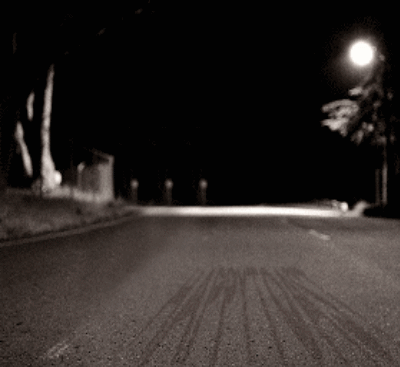
07-25-24 | misterlemonztenth.tumblr.com/archive
#misterlemonztenth#popular#digital art#original post#humor#racoon#vaudeville#exit stage left#dancing#old soft shoe#black and white#animation#road#night
12 notes
·
View notes